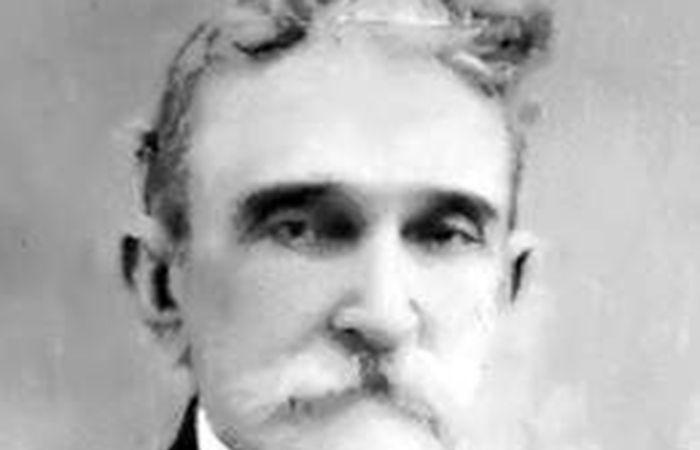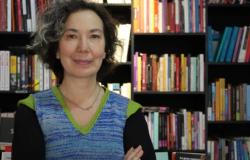On June 18, 1926, the Cuban patriot Carlos Benigno Baliño López died in Havana, at the age of 77, having lived a life animated by the plenitudes of the tireless fight for the freedom of his nation and the revolutionary ideals of the working class and the Marxism of which he was the founder in this land.
98 years after his death due to natural causes, who was known simply as Carlos Baliño within the national historical heritage, continues to capture like no one else the link between generations of revolutionaries and political ideas forged in the political and emancipatory struggles of the 19th and 20th centuries. . His battle banner still flies and inspires.
The western town of Guanajay saw the birth on February 13, 1848 of the man who founded, together with José Martí, the Cuban Revolutionary Party, the soul and driving force of the new campaign for independence, which would begin on the Island on February 24, 1848. 1895.
His historical value grew with his participation in the founding of the first Communist Party of Cuba in 1925, together with the young Julio Antonio Mella, another member of the pantheon of national heroes.
Baliño began Marxist political activity in the 1980s when he was a tobacco worker in Tampa, United States, and later he also joined Leninism and established credentials as a consistent anti-imperialist.
José Martí, the Cuban National Hero, described his soul as beautiful and he was absolutely right because in him he summed up a dedicated Mambí soldier, knowing that the emancipation of the working class would depend largely on the freedom of all, and in a crucial moment he had chosen to advocate that fight.
It was also undeniable that his attachment to the country had been forged at home, with the example of a combative father.
His interests in intellectual activity and a notable desire to acquire knowledge were more than evident in Guanajay itself, where he continued studies in bookkeeping, architecture and later at the San Alejandro Painting Academy in Havana, without finishing them, coinciding with a stage in which he published articles and poems in his local newspapers El Fénix, El Alacrán and La Crítica.
After several attempts to find permanent work in the capital, he traveled to try his luck in Key West, Tampa, New York and New Orleans, United States.
The job of cigar maker also shaped the future Marxist and communist fighter, as he knew firsthand the intricacies of bourgeois exploitation and surplus value. He soon began his socialist preachings, in which he committed himself wholeheartedly when he met and made a relationship with the Master, in those effervescent settings.
As José Martí did, he kept secret a consistent anti-annexation and anti-imperialism.
He wrote to the patriot Rafael Serra, in a letter dated October 6, 1894: “I know that you will defend the Republic of Cuba, independent and sovereign, and that you will wage war without quarter against the annexationist idea, which if it were carried out, would put the classes disinherited from Cuba, the producers, under the iron grip of the American plutocracy.”
With the triumph of the Great October Revolution in Russia in 1917, confidence in the correctness of the socialist ideology was reborn in Baliño and he worked to organize the dispersed communist groups into a single party.
Together with Mella he first founded the Anti-Imperialist League, a Cuban section within which he is one of the members who contributes the most. In the midst of the dictatorship of the tyrant Gerardo Machado he later created the Communist Party, despite the fact that he was subject to strong persecution like the rest of his companions. Being a communist meant death in the machadato.
Already in venerable old age, his comrades in struggle used with admiration the adjective “The Old Oak” to refer to that exemplary Cuban who is at the same time modest and simple, such as men forged by work and a noble cause for which they stand. He is willing to do anything. Today, from memory, knowing about his life ratifies that poetic image. Honor to whom honor is due.






